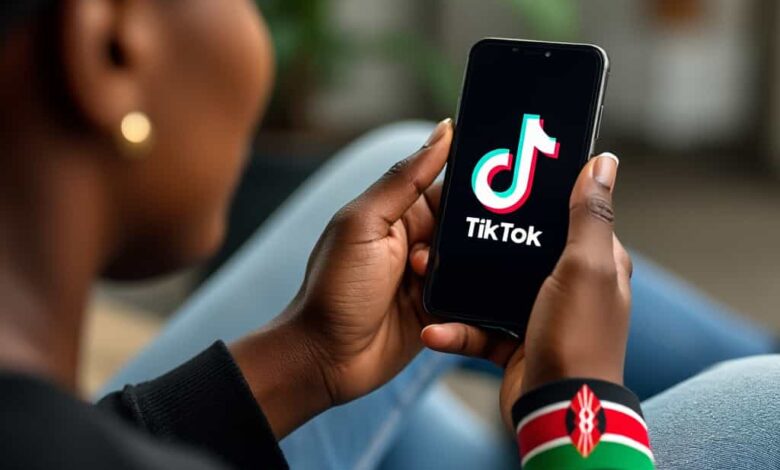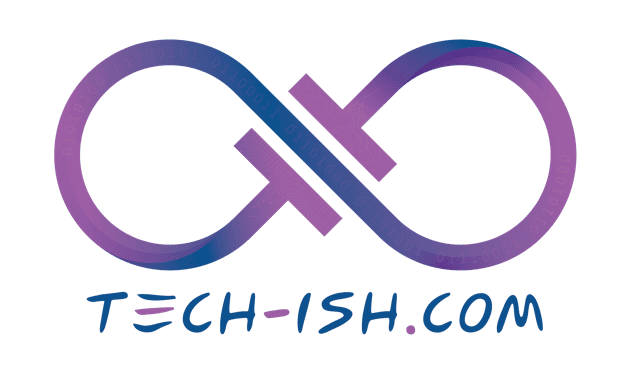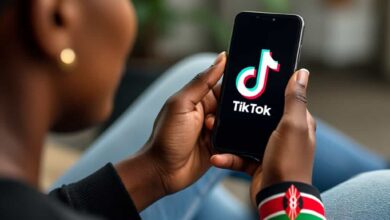
TikTok is making a push to show that its platform is more than just a place for viral dances and memes. In a press release today, the company detailed four ways creators in Kenya can monetize their content, signaling a continued effort to build out its creator economy tools in the region.
The announcement comes as TikTok faces increasing competition from other platforms like YouTube Shorts and Instagram Reels, all vying for the loyalty of content creators. TikTok’s Head of Content Operations for Sub-Saharan Africa, Boniswa Sidwaba, pushed back against the idea that African creators aren’t being rewarded, stating, “African creators on TikTok have been rewarded for their creativity contrary to popular belief. We have a number of tools that our Community across the continent can currently benefit from.”
So, what are these tools? Let’s break them down.
Turning views into cash, one Gift at a time
The most familiar monetization tools on TikTok are LIVE Gifts and Video Gifts. If you’ve ever been in a TikTok LIVE and seen icons flooding the screen, you’ve witnessed LIVE Gifts in action. Viewers can purchase virtual coins and send these digital gifts, which creators can then convert into real money. It’s a direct-to-creator tipping system that allows fans to show appreciation in real-time and for creators to earn directly from their most engaging broadcasts. It’s a model built on audience generosity, rewarding interactivity and live presence.
For creators who aren’t into the pressure of live streaming, TikTok also offers Video Gifts for pre-recorded content. This feature allows viewers to send gifts on any eligible video, creating a potential revenue stream from every piece of content a creator uploads. It broadens the opportunity for tipping beyond the confines of a live session, but it still places the onus of earning squarely on the goodwill of the audience.
Subscriptions and brand deals, the creator economy mainstays
Beyond one-off gifts, TikTok is also leaning into more consistent revenue models. The platform’s Subscription feature allows creators to offer exclusive content, badges, and other perks to their most dedicated fans for a monthly fee. This is a common feature on platforms like Twitch and YouTube, and it’s a way for creators to build a loyal, paying community while generating a more predictable income stream.
Perhaps the most interesting feature TikTok highlighted is the Work With Artist tool. This feature allows creators to get paid for promoting new music on the platform. Artists and record labels can tap into TikTok’s trend-making power by launching campaigns, and creators get rewarded based on the performance of their videos using the sponsored track. It’s a more formalized way of turning a viral trend into a paying gig. “Since testing this new feature across SSA, creators on TikTok have successfully leveraged this feature in the last few months,” the company noted.
But what about TikTok’s biggest paydays? A question for the platform.
TikTok’s push to publicize these tools is a clear sign that it wants to be seen as a serious platform for creators looking to turn their passion into a career. “TikTok is committed to equipping creators with the best tools to find their community, grow their careers and transform their passions into sustainable income streams,” said Sidwaba.
The message is clear: there’s money to be made. Yet, when you look at the global creator landscape, the tools available in Kenya feel like just the opening act. The most transformative and lucrative monetization features offered by TikTok in other parts of the world remain conspicuously absent from the African continent. This raises a crucial question for the company: If the goal is to truly empower creators, when will Kenyan and other African creators get access to the full suite of tools?
Currently missing are the programs that form the bedrock of sustainable creator careers elsewhere. Take the Creator Rewards Program, the successor to the original Creator Fund. Available in the US, UK, France, and Germany, this program directly pays creators for high-quality videos longer than one minute, based on a formula that considers views, engagement, and originality. It shifts the earning model from relying on audience tips to being directly rewarded by the platform for creating compelling content.
Then there’s TikTok Shop, a revolutionary e-commerce solution fully integrated into the app. In the UK, US, and Southeast Asia, creators can tag products in their videos, host live shopping sessions, and earn commissions on sales, effectively turning their content into a dynamic storefront. This is arguably one of the most significant creator tools for generating substantial income, allowing for everything from selling personal merchandise to landing lucrative brand affiliate deals. Its absence in Africa leaves a massive revenue opportunity on the table.
Furthermore, while the “Work With Artist” feature is a step in the right direction, it’s a small slice of the much larger TikTok Creator Marketplace. In over 24 countries, this official platform connects brands across all industries with creators for sophisticated, paid campaigns. It’s a formal bridge between creativity and corporate marketing budgets that goes far beyond just promoting a new song.
And finally, top creators in markets like the US can benefit from TikTok Pulse, an advertising revenue-sharing program. This allows creators with over 100,000 followers to earn a cut of the revenue from ads placed directly after their videos. It’s a model that has long been the standard on YouTube and represents a crucial step toward treating top creators as true partners in the platform’s financial success.
For now, TikTok is directing Kenyan creators to its “TikTok Studio.” But the real question is when the studio’s toolkit will be expanded to include the features that have turned top creators in other regions into global media businesses. While the existing tools provide a foundation, the future of the Kenyan creator economy depends on access to these more powerful, platform-integrated monetization systems. So, the question for TikTok remains: when is that future arriving?







